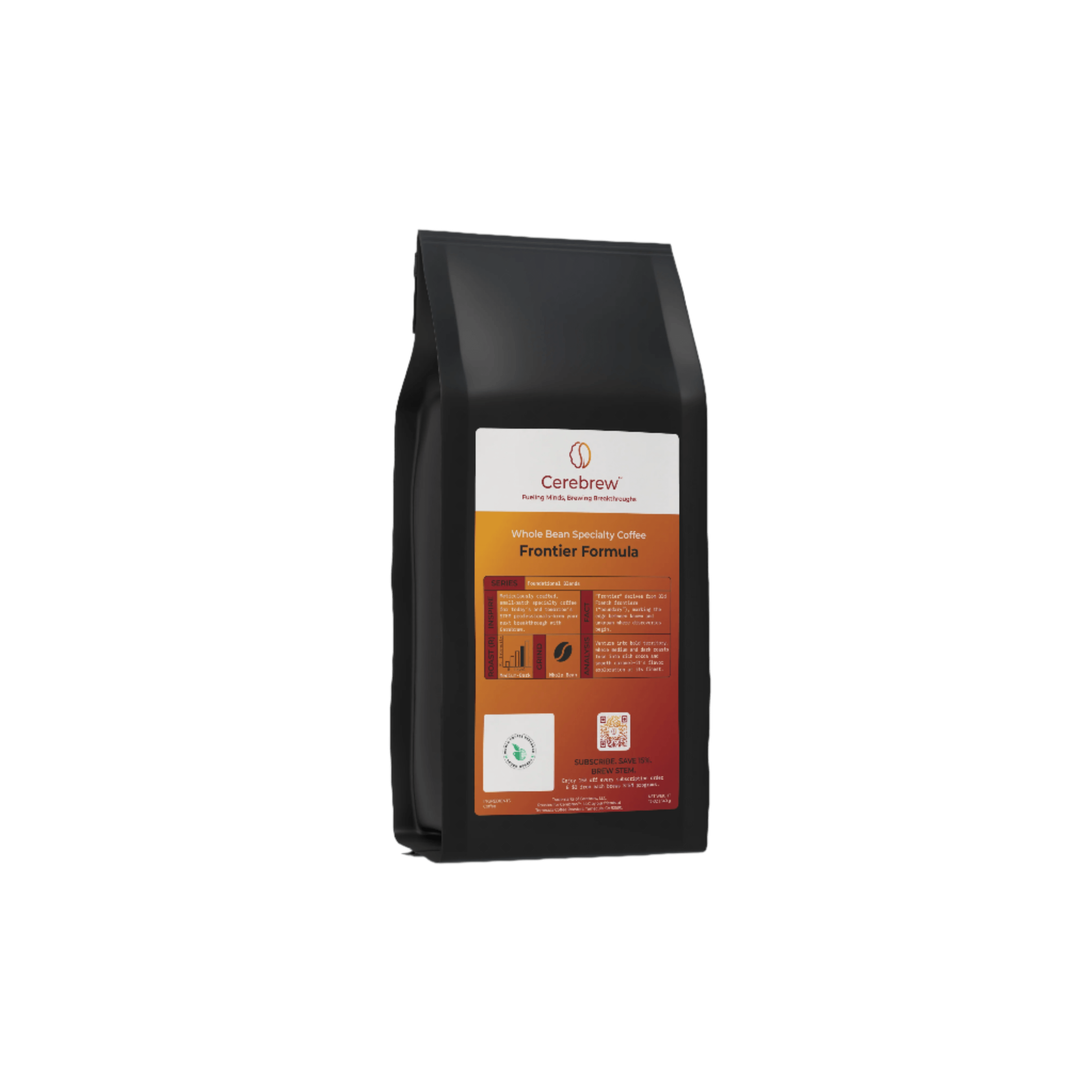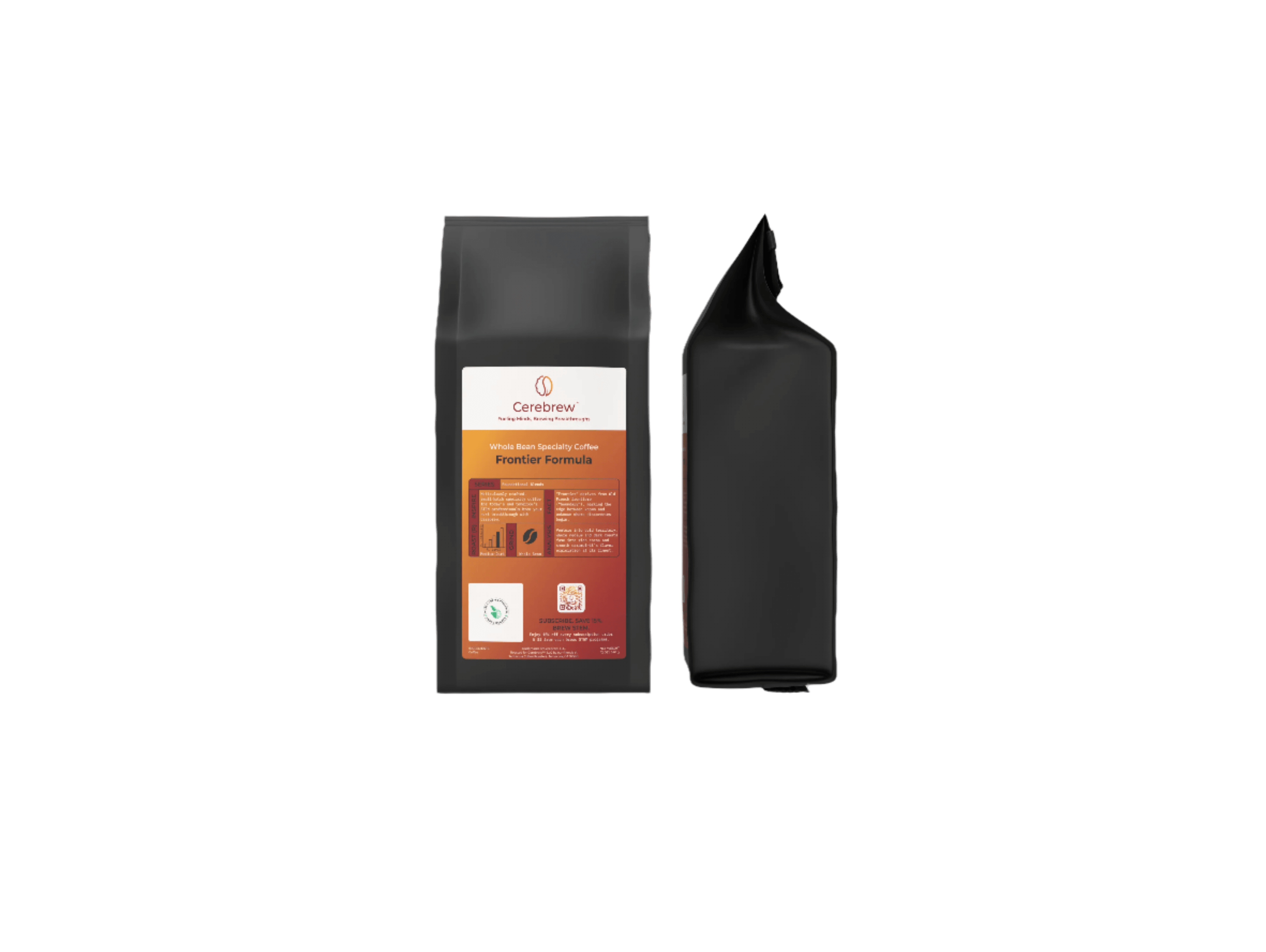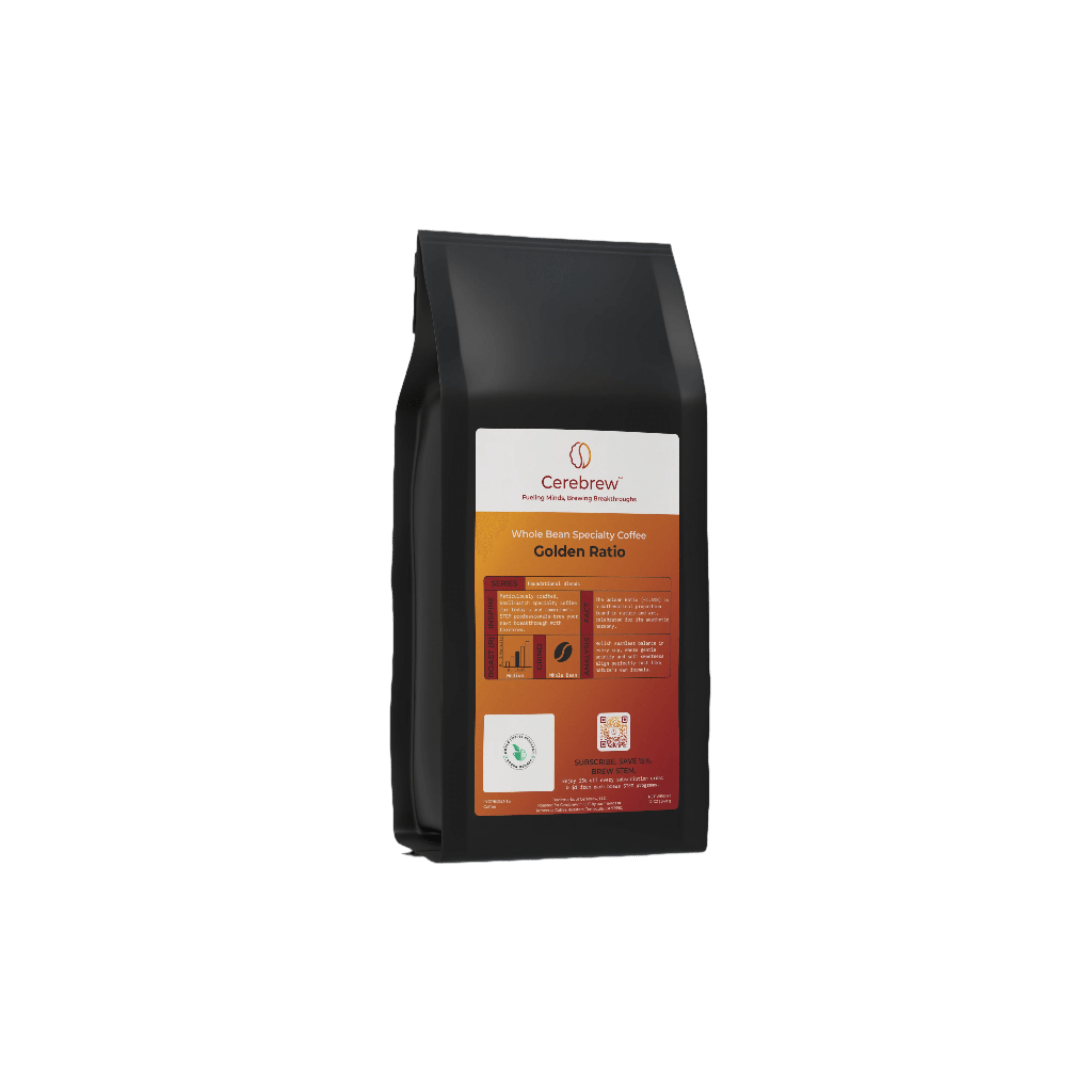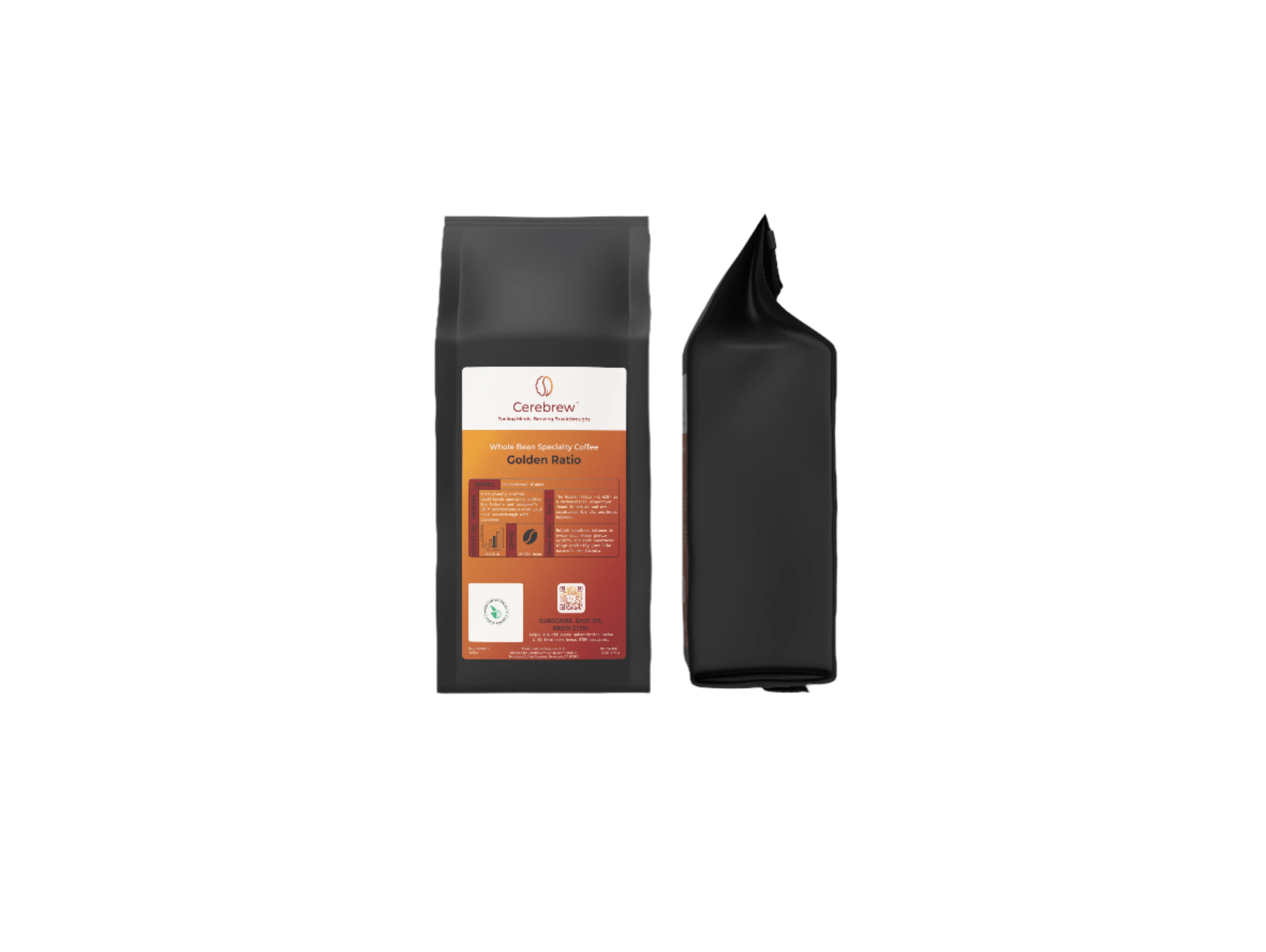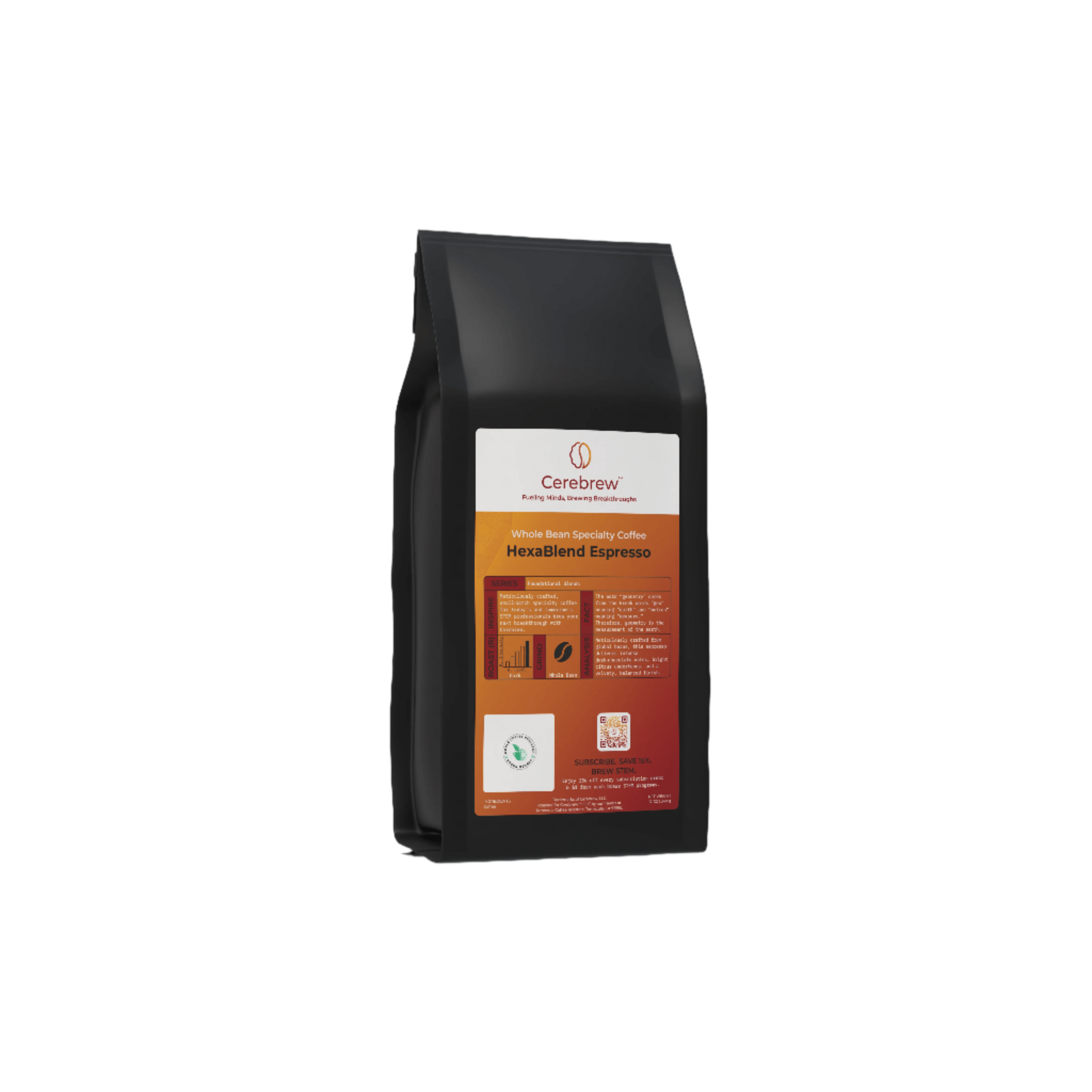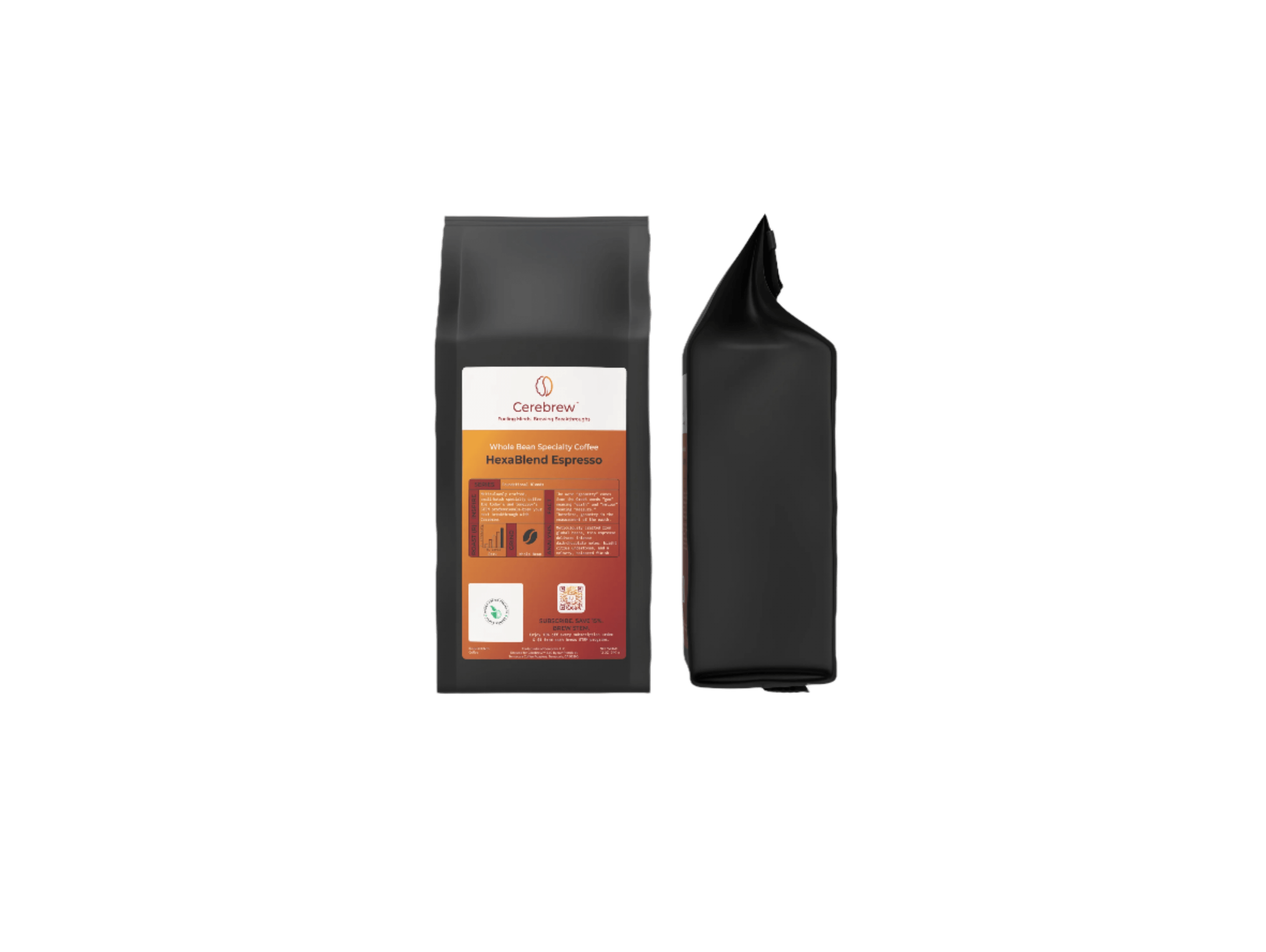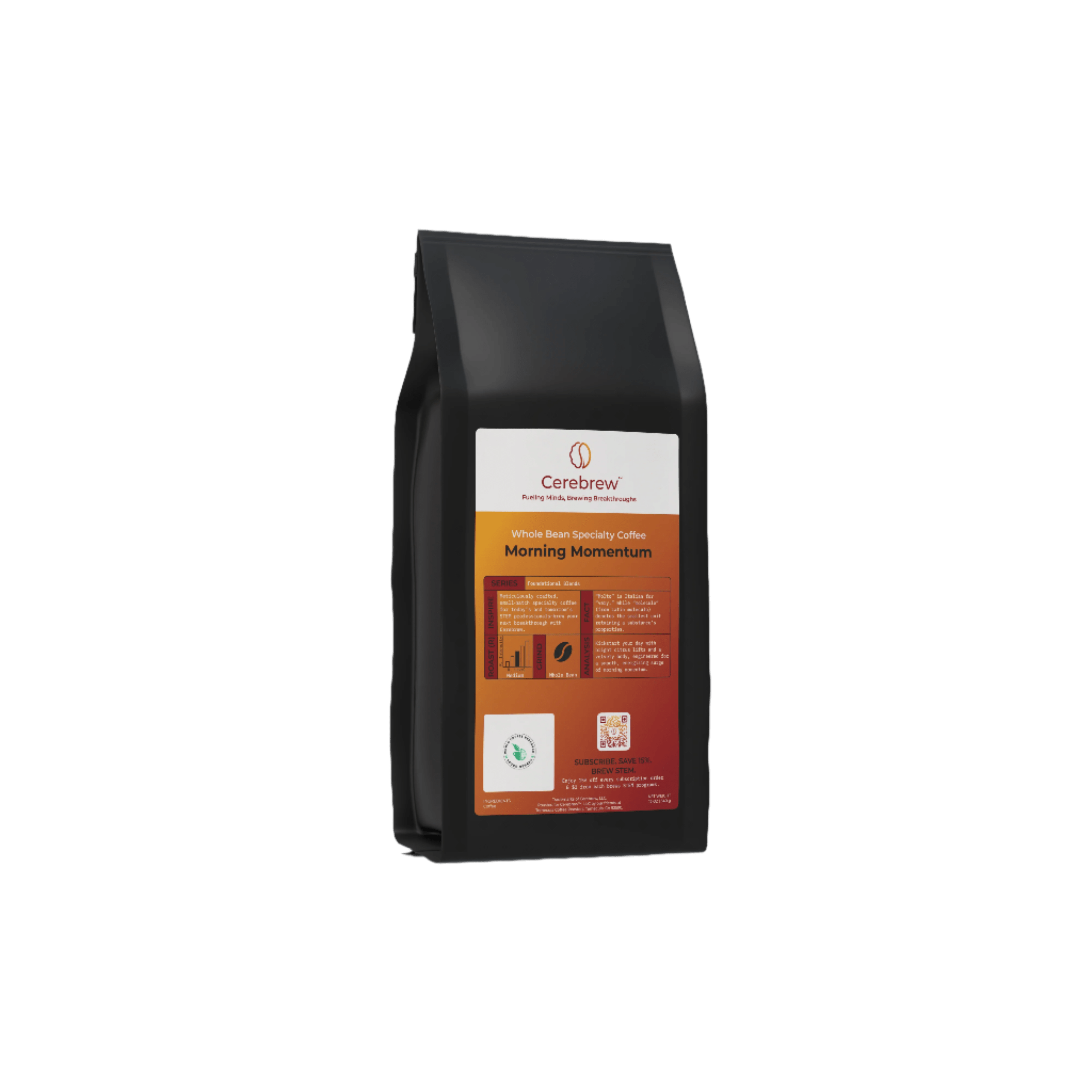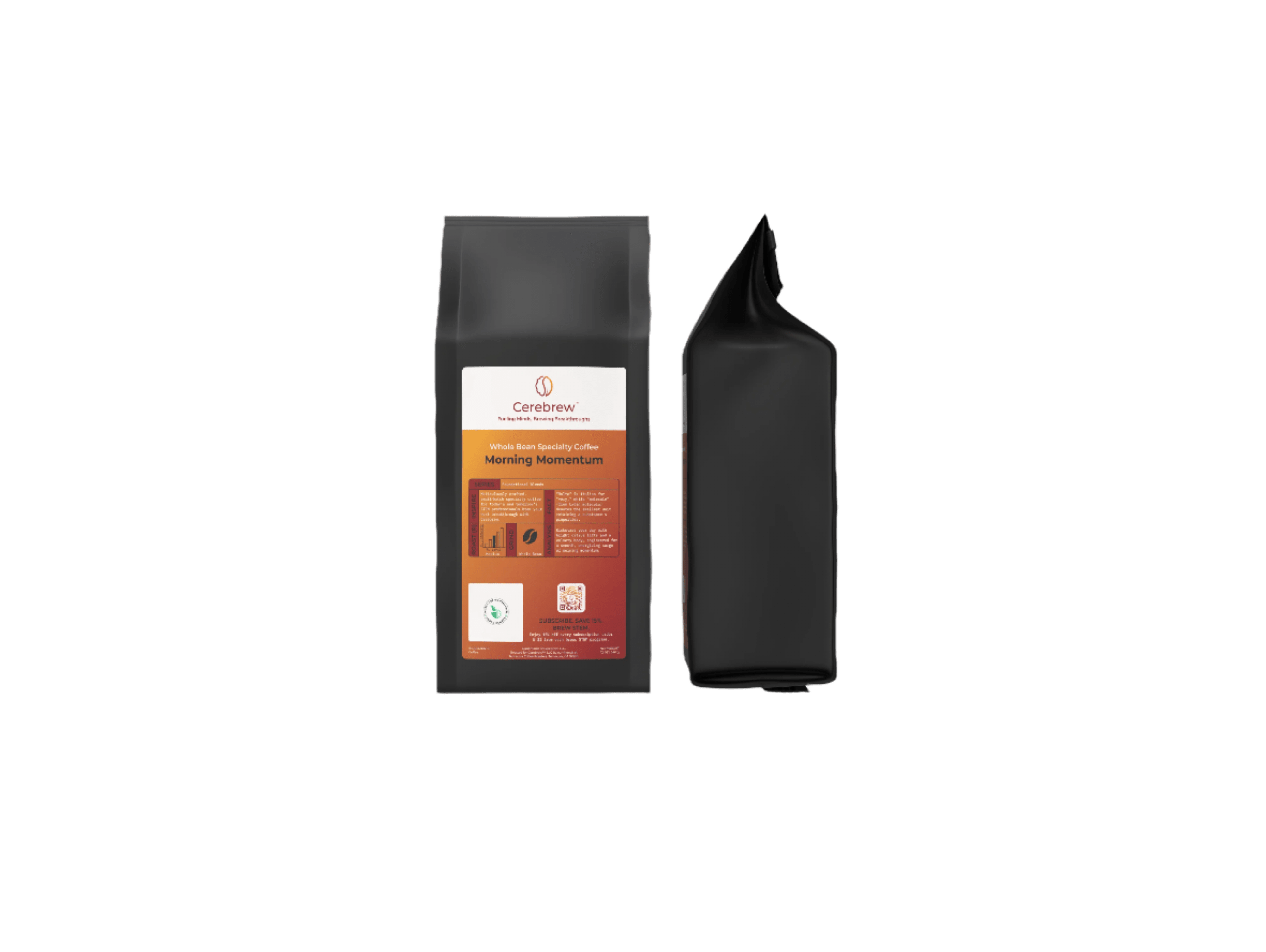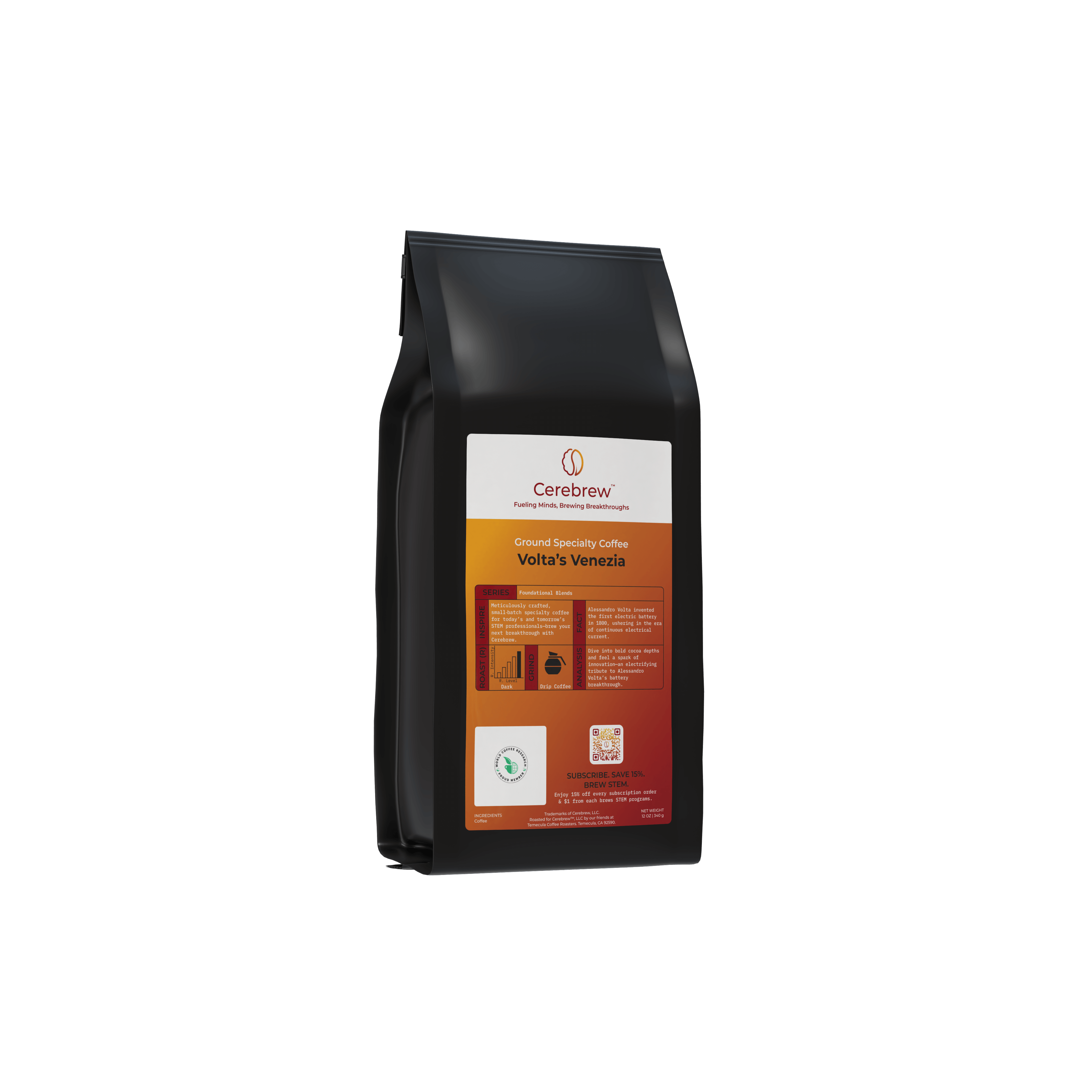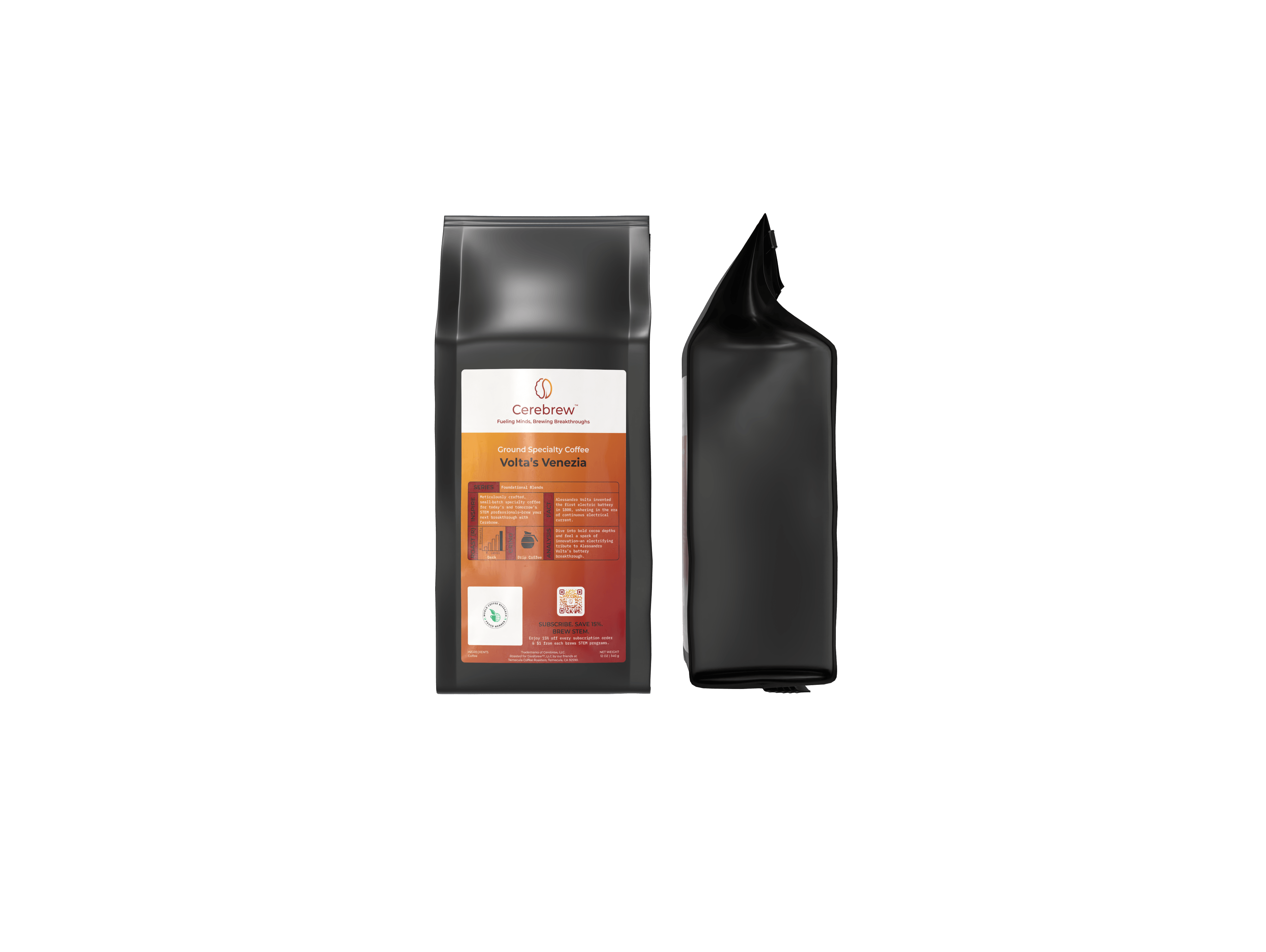Understanding the Mechanics of Coffee Makers
Coffee is a beloved beverage worldwide, cherished for its rich flavors and invigorating effects. For many, starting the day without a cup of coffee is unthinkable. Central to this daily ritual is the coffee maker, a device that effortlessly transforms coffee grounds and water into the delightful brew we crave. But have you ever wondered how this magical process works? Let's delve into the mechanics of coffee makers and explore the different brewing methods available.
The Basics of How a Coffee Maker Works
At its core, a coffee maker is a simple yet ingenious device designed to brew coffee by passing hot water through coffee grounds. While there are various types of coffee makers, most share some common components and operate on similar principles. Let's break down these components and understand their roles in the brewing process.
Key Components of a Coffee Maker
- Water Reservoir: This is where you pour the water that will be heated to brew your coffee. The size of the reservoir can vary depending on the type of coffee maker.
- Heating Element: Usually located at the base, this component heats the water to the optimal brewing temperature, which is typically between 195°F and 205°F.
- Showerhead: Once heated, the water is dispersed over the coffee grounds through a showerhead, ensuring an even saturation.
- Filter Basket: This holds the coffee grounds. It can either be a reusable filter or a disposable paper filter.
- Carafe or Coffee Pot: The vessel that collects the brewed coffee, typically made of glass or thermal materials to keep the coffee warm.
- Drip Tray: In some models, this catches any overflow or drips, keeping your countertop clean.
The Brewing Process
- Heating the Water: The process begins by heating the water in the reservoir. This is done using the heating element, which quickly brings the water to the required temperature.
- Water Flow: Once heated, the water is pushed through a tube to the showerhead. This is achieved by a combination of steam pressure and gravity.
- Saturating the Grounds: The showerhead evenly distributes the hot water over the coffee grounds in the filter basket. This step is crucial as it ensures that all the coffee grounds are evenly saturated, allowing for optimal extraction of flavors.
- Brewing: As the water passes through the coffee grounds, it absorbs the flavors and oils, creating the coffee we know and love. The brewed coffee then drips into the carafe or coffee pot below.
- Serving: Once the brewing cycle is complete, the coffee is ready to be served. Some coffee makers have a warming plate to keep the coffee hot until you're ready to pour.
Different Coffee Brewing Methods
While the basic mechanics of coffee makers remain consistent, there are various brewing methods, each offering a unique flavor profile and strength. Let's explore some popular methods.
Drip Coffee Makers
Drip coffee makers are among the most common household appliances. They operate using the principles we discussed earlier, making them easy to use and convenient for brewing multiple cups at once. Simply add water and coffee grounds, press a button, and let the machine do the rest.
Espresso Machines
Espresso machines use pressure to force hot water through finely-ground coffee. The result is a concentrated shot of coffee with a rich crema on top. Espresso machines come in manual, semi-automatic, and fully automatic varieties, each offering varying levels of control over the brewing process.
French Press
The French press, or press pot, is a manual brewing method that involves steeping coffee grounds in hot water before pressing them with a plunger. This method allows for full immersion of the coffee grounds, resulting in a robust and full-bodied flavor.
Pour-Over Coffee Makers
Pour-over coffee makers involve manually pouring hot water over coffee grounds in a filter. This method gives you control over the brewing time and water flow, allowing for a customized cup of coffee. Pour-over devices like the Chemex and Hario V60 are popular among coffee enthusiasts for their ability to highlight distinct flavor notes.
Single-Serve Pod Machines
Single-serve pod machines, like the Keurig, offer convenience and variety. These machines use pre-packaged coffee pods, eliminating the need for measuring and grinding. Simply insert a pod, add water, and brew a single cup of coffee quickly.
Choosing the Right Coffee Maker
When selecting a coffee maker, consider your preferences and lifestyle. Do you value convenience, or do you enjoy the ritual of brewing a cup manually? Are you brewing for one or a large household? Understanding your needs will guide you to the right choice.
Important Factors to Consider
- Brewing Capacity: If you're brewing for a family, a drip coffee maker with a large carafe may be ideal. For single servings, a pod machine or espresso maker might be more suitable.
- Flavor Preference: Different methods extract different flavor profiles. If you enjoy a strong, bold cup, consider a French press or espresso machine.
- Ease of Use: Automatic machines offer simplicity, while manual methods require more involvement but offer greater control over the brewing process.
- Maintenance and Cleaning: Consider how easy it is to clean and maintain the machine. Some methods, like the French press, have fewer components and are easier to clean.
Conclusion
Coffee makers, with their various brewing methods, offer a world of flavors and experiences. Whether you prefer the convenience of an automatic drip coffee maker or the hands-on approach of a French press, understanding the mechanics can enhance your appreciation of this daily ritual. So the next time you brew a cup, take a moment to appreciate the journey from bean to brew.











